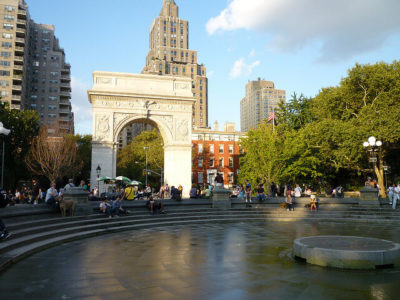Have you been more ravenous than usual, needing to restock on refrigerator essentials more than twice a week? Perhaps you’ve suddenly lost your motivation to make good use of that $150 gym membership you bought for the semester? Or maybe you’ve become more lethargic and your interest in hitting the bar scenes or even having lunch dates with your friends has waned?
If you’ve been feeling any of these symptoms the past couple months, you’re not alone. Seasonal affective disorder (SAD), commonly referred to in its less severe form as “the winter blues,” is a time specific mood disorder associated with the above indicators that, in its mildest form, can affect up to 20 percent of the U.S. population.
According to Mental Health America, one cause of this disorder is the seasonal light variation that comes with the lengthening of dark hours. With the change from autumn to winter, our biological internal clocks, known in technical terms as our circadian rhythms, are thrown off balance by this difference in sunlight patterns.
SAD is also hormonally based. Mental Health America describes melatonin’s role in the disorder’s onset by explaining that this sleep hormone (which has been known to trigger symptoms of depression) is secreted in the brain at higher levels when one is in the dark. Therefore, when the daytime hours are shorter and darker, the production of this depressive hormone substantially increases.
After explaining to several students on campus what I had learned about SAD, I asked them what their thoughts were on this potentially crippling disorder:
“I’m not sure if it’s so much hormones and body clocks that make me extra tired and less sociable. I think it’s more the fact that going outside in the cold weather is a really unpleasant experience, and I’d just prefer to stay in my house as opposed to needing to brave the winter chill.”
-Jessica L., Senior, University of Michigan
“I actually had seasonal affective disorder during my second semester of freshman year. I ended up going to see a doctor about it because it was really affecting my academic and social life, and I did a whole light therapy process which significantly decreased my symptoms.”
-(Name withheld), Sophomore, University of Michigan
“I wouldn’t be surprised to learn that seasonal affective disorder occurs to some degree on campus. The winters here get really cold, and even though U-M is an amazingly fun school, there are those days where I feel a little sad when the sun isn’t out. However, I do come from California, so I think the difference in temperature and sunlight exposure is extra salient for me.”
-Susan R., Junior, University of Michigan
So whether you choose to go the professional route with light therapy, the expensive route with a weeklong vacation to a sunny hotspot or the cheap and fun route with some cocktails, a few best friends, and a lot of laughs*, don’t let yourself become a slave to the winter blues.
*Disclaimer: I completely made up option three… but it seems to work for me whenever I’m feeling down!


















